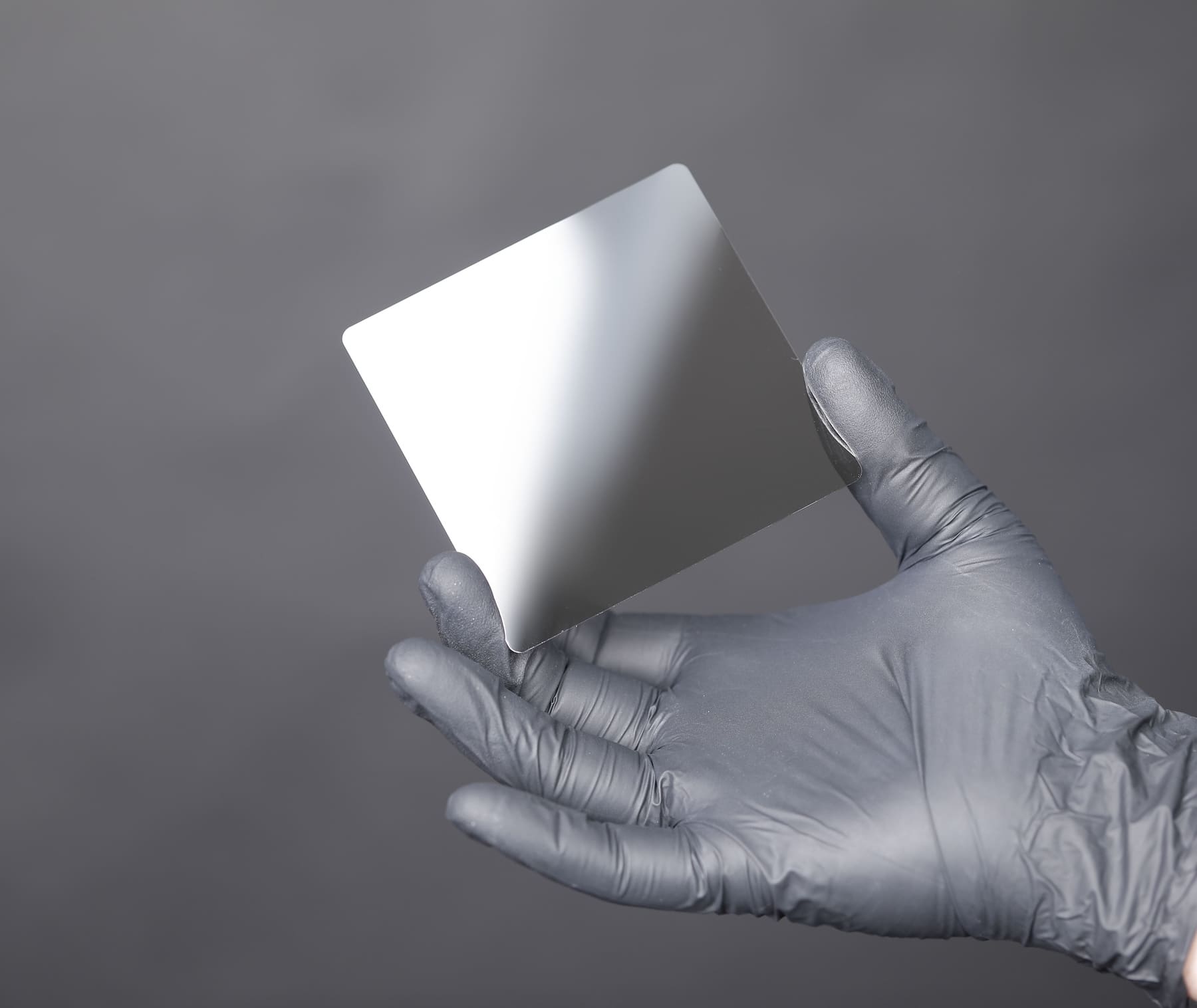A European startup is driving a fast, dense, and sustainable alternative to traditional tape libraries, backed by giants like Pure Storage and Western Digital.
Cerabyte, a German startup specializing in ultra-long-term archival storage, has unveiled an ambitious technological roadmap that envisions creating storage racks capable of holding over 100 petabytes (PB) per unit by 2030. The company claims this advancement will be accompanied by transfer speeds exceeding 2 GB/s and access times under 10 seconds—a radical improvement over current magnetic tape systems.
Cerabyte’s technology relies on ultrathin glass panels (100 microns thick) coated with a 10-nanometer ceramic layer, where data is inscribed using femtosecond lasers. The generated patterns are read by high-resolution cameras. These tiny disks—9×9 cm in size—are grouped into tape-like cartridges managed by robotic arms inside a system reminiscent of LTO tape libraries.
From 1 PB to 100 PB per rack: the evolution toward the exabyte
Currently, Cerabyte operates a pilot system with 1 PB per rack, offering speeds of 100 MB/s and an access time of 90 seconds. A planned milestone around 2027-2028 aims to increase each rack’s capacity to multiple PBs, halve access times, and double bandwidth. The ultimate goal is clearly set: over 100 PB per rack by 2030, with higher performance and drastically reduced costs.
On economic sustainability, Cerabyte projects that the total cost of ownership per PB per month will drop from the current $7,000–$8,000 to just $6–$8 by the end of the decade. This transformation positions the system as a cheaper, faster, and longer-lasting alternative to magnetic tapes and emerging archival technologies such as Microsoft Project Silica, Holomem, or even DNA storage.
Faster, more durable, and more eco-friendly
Cerabyte co-founder and CMO Martin Kunze presented the technological proposal at the A3 Tech Live event in Munich. He emphasized that, compared to the 7- to 15-year lifespan of LTO tapes, Cerabyte’s technology could surpass 100 years, significantly reducing the global storage carbon footprint.
According to Kunze, storage currently accounts for nearly 2% of global CO₂ emissions, and adopting technologies like Cerabyte could reduce this to about 1.25%.
Institutional and financial support
Cerabyte is backed by key players in tech and innovation:
– Pure Storage
– Western Digital
– In-Q-Tel (the US intelligence community’s investment arm)
– European Innovation Council Accelerator
Together, the company has raised over $10 million in initial funding and secured more than $4 million in public grants. It is now seeking to close a Series A funding round to accelerate commercialization.
Next steps: from nanometers to the exabyte
Looking further ahead, Cerabyte envisions a disruptive evolution: by 2045, it plans to replace the laser with a helium ion beam, which could reduce the size of each inscribed bit from 300 nm to just 3 nm. In theory, this could increase the capacity of a single rack to 100,000 PB or 100 exabytes. Although this scenario remains in the realm of prospective research, the company is already exploring its technological feasibility.
A new standard for the future of digital archiving
In an era where data growth is exponential—driven by AI, 8K videos, medical and scientific records, and historical archives—Cerabyte aims to become the platform of choice for secure, cost-effective, and durable large-scale data storage.
With tangible advances, institutional support, and a unique technological proposition, the company positions itself as one of the most promising players shaping the future of non-volatile storage, with the potential to redefine current digital archiving and preservation paradigms.
via: techpowerup and blocksandfiles

